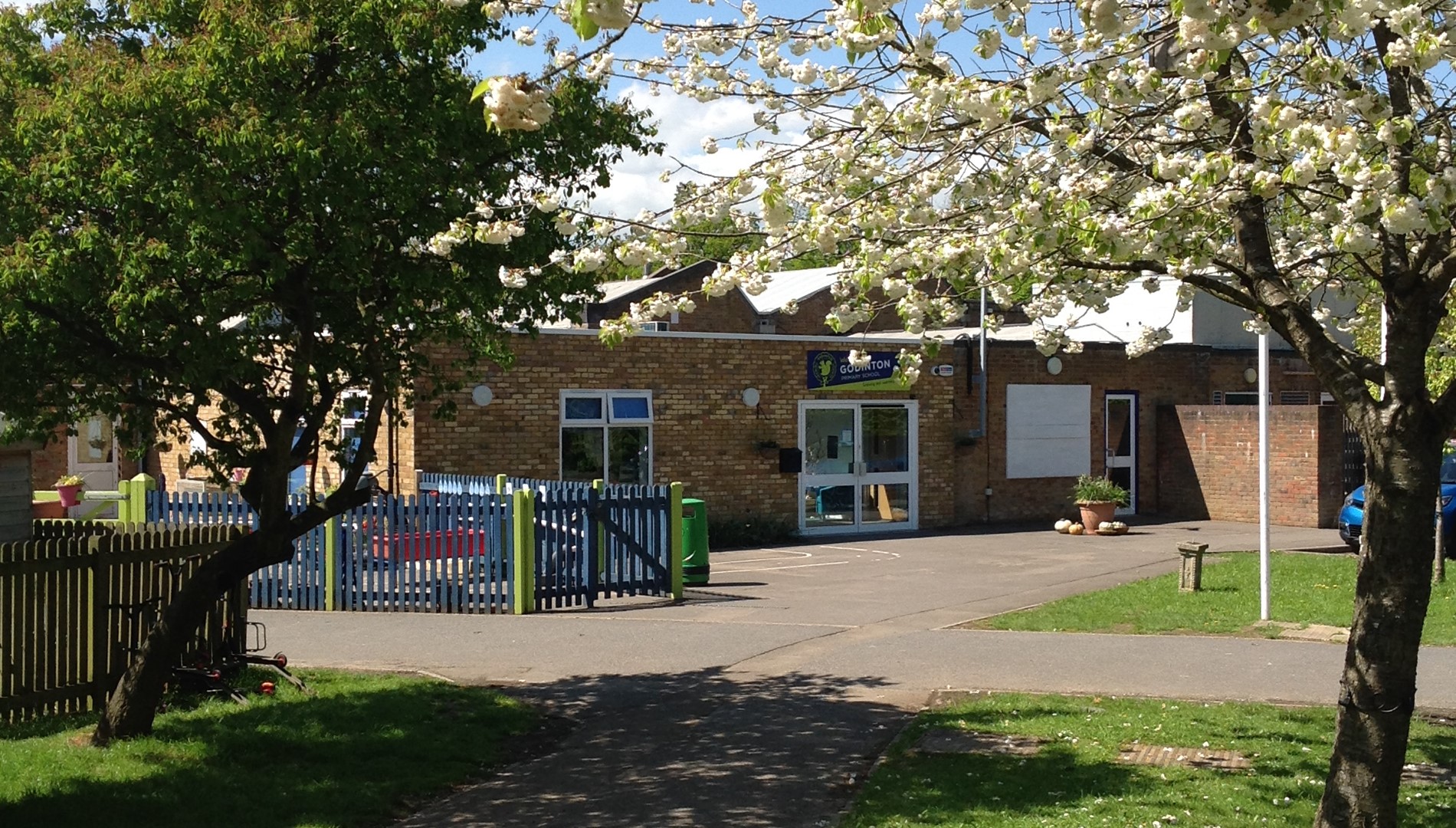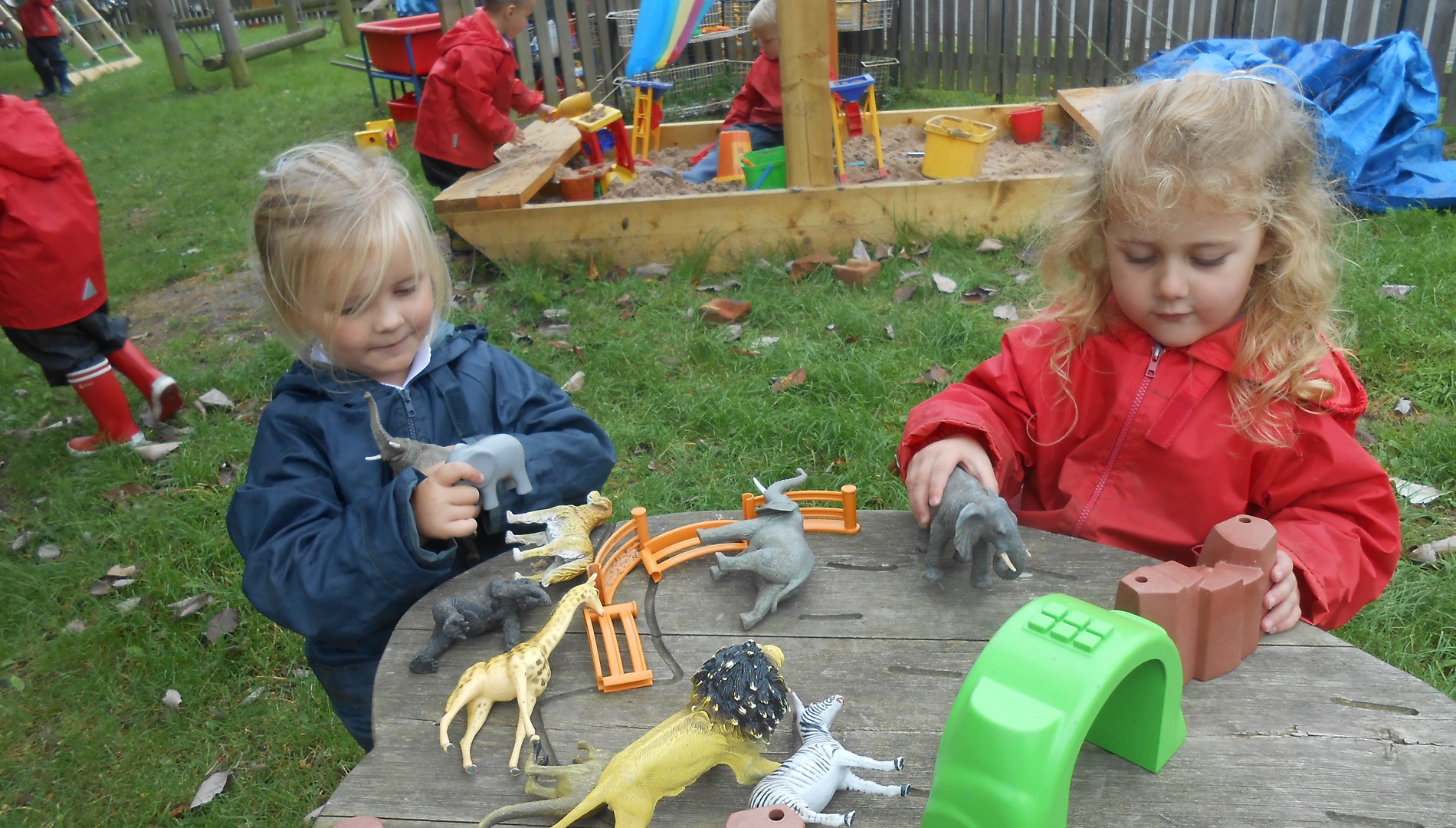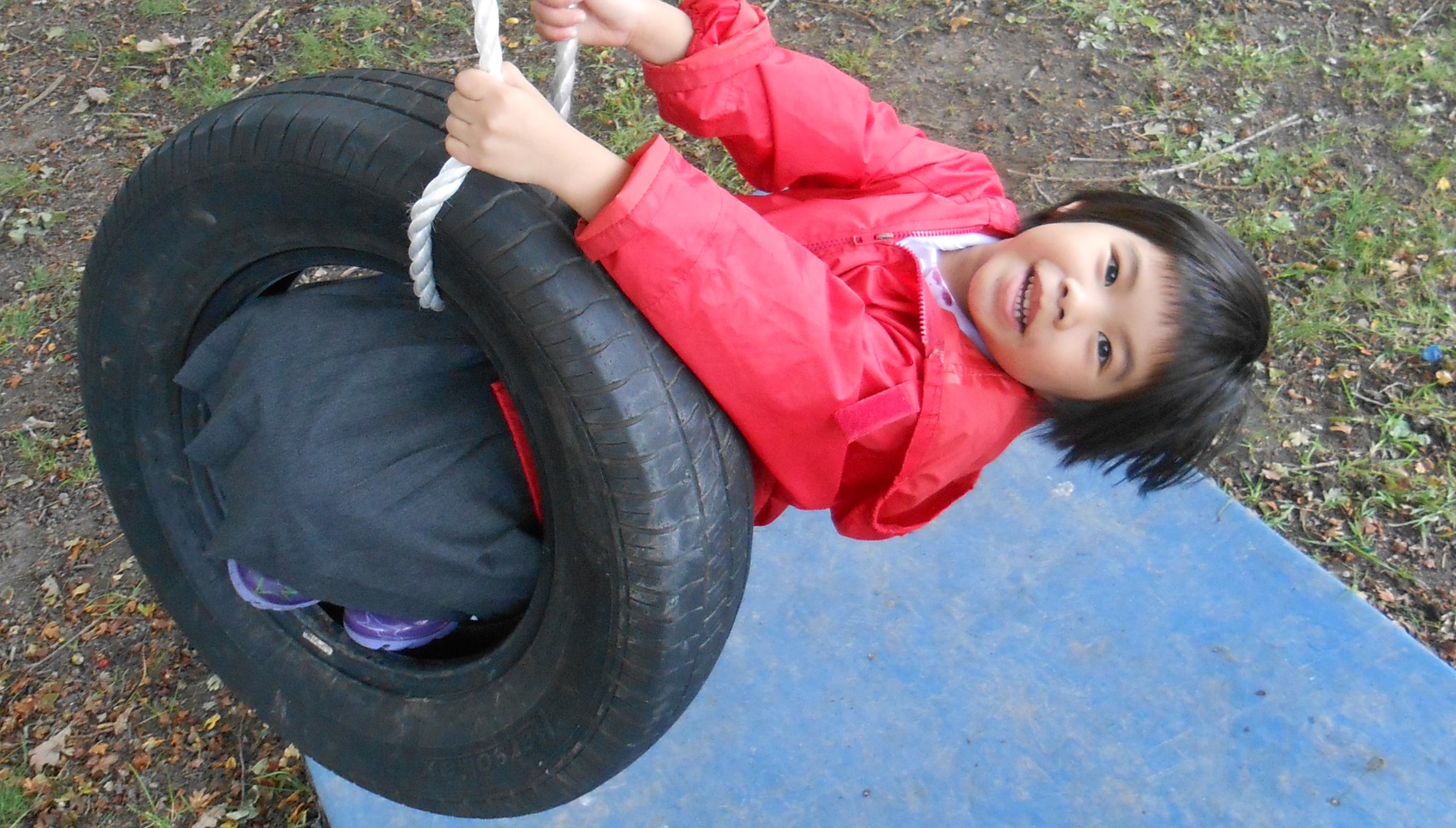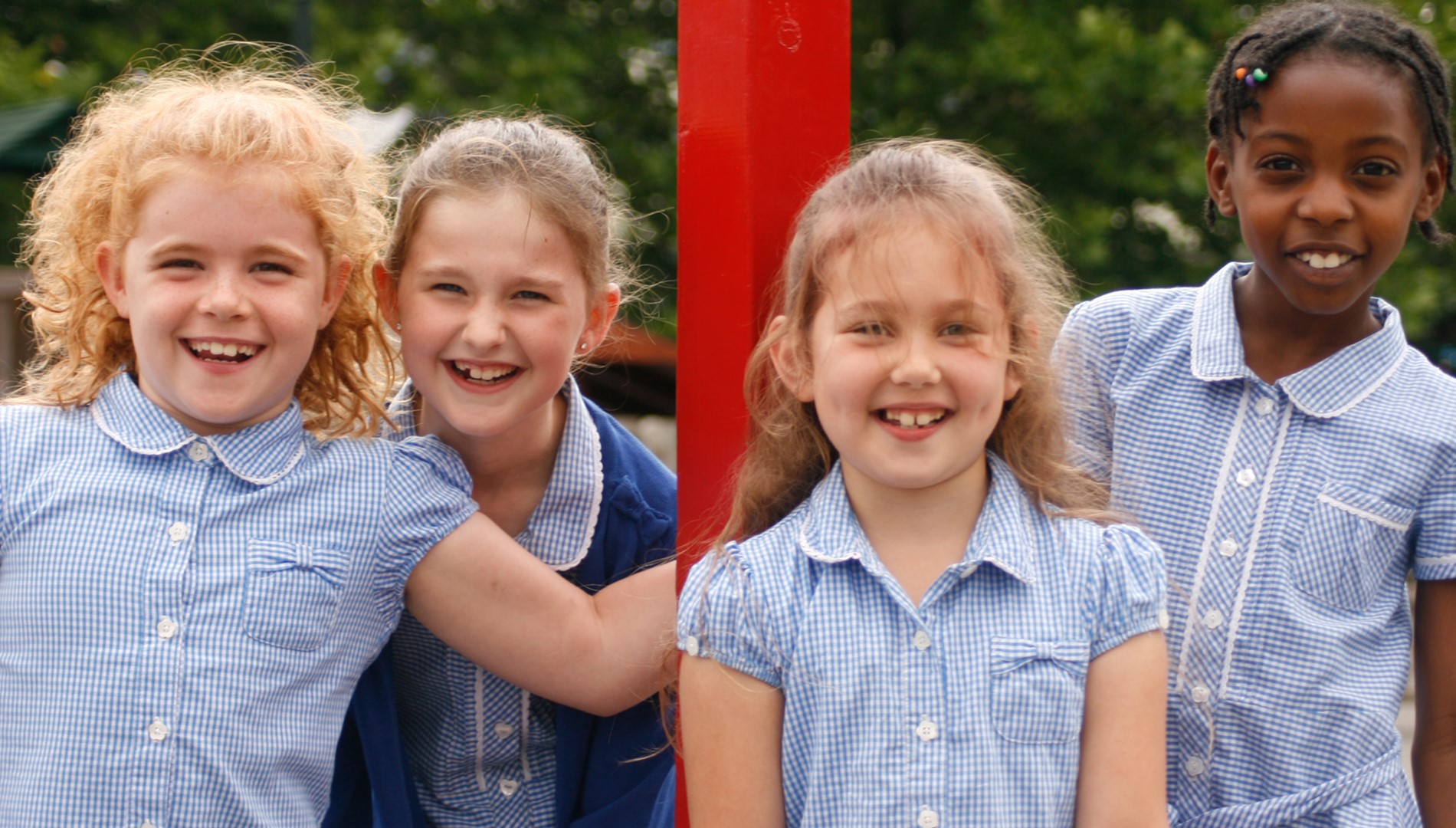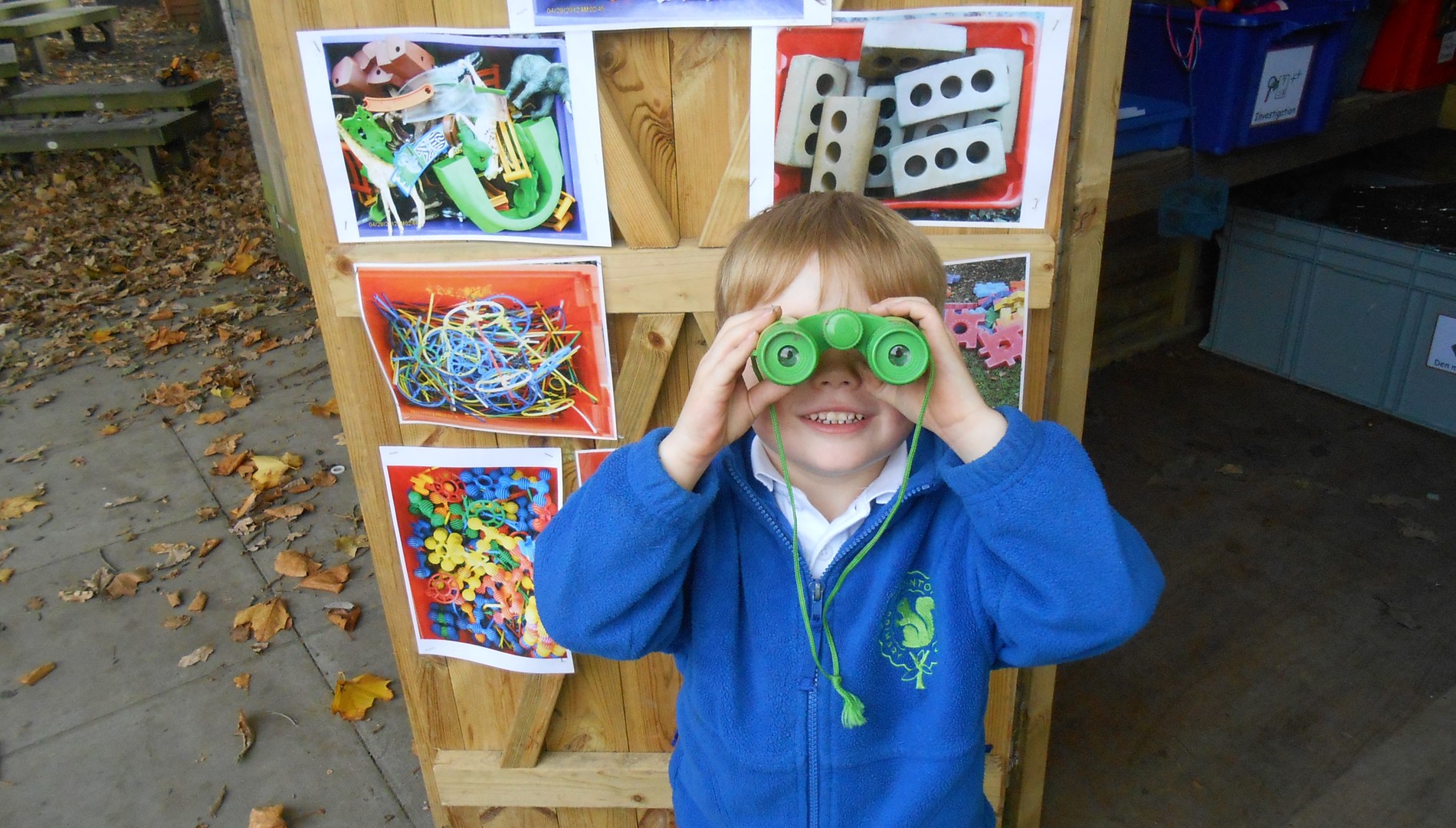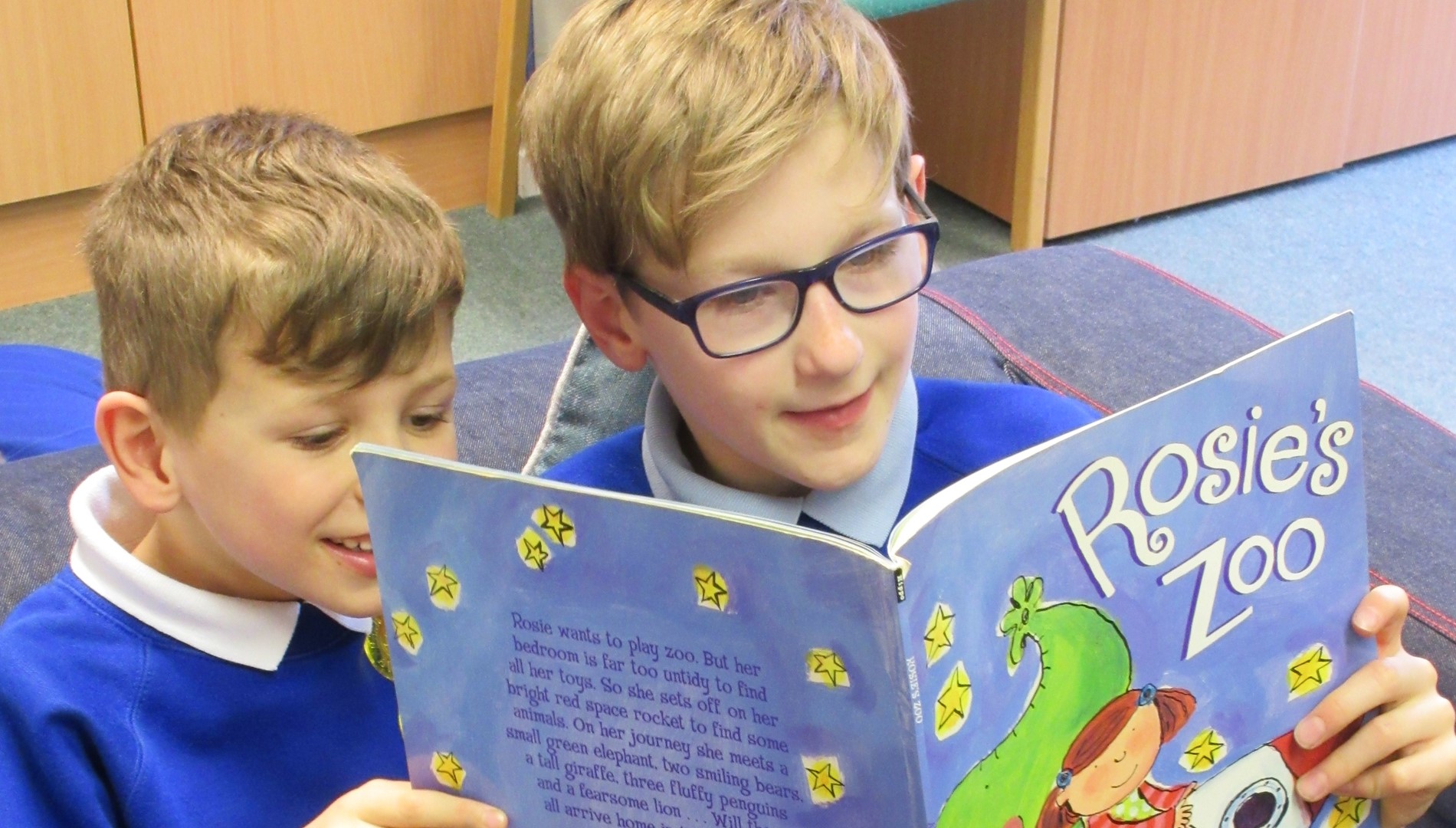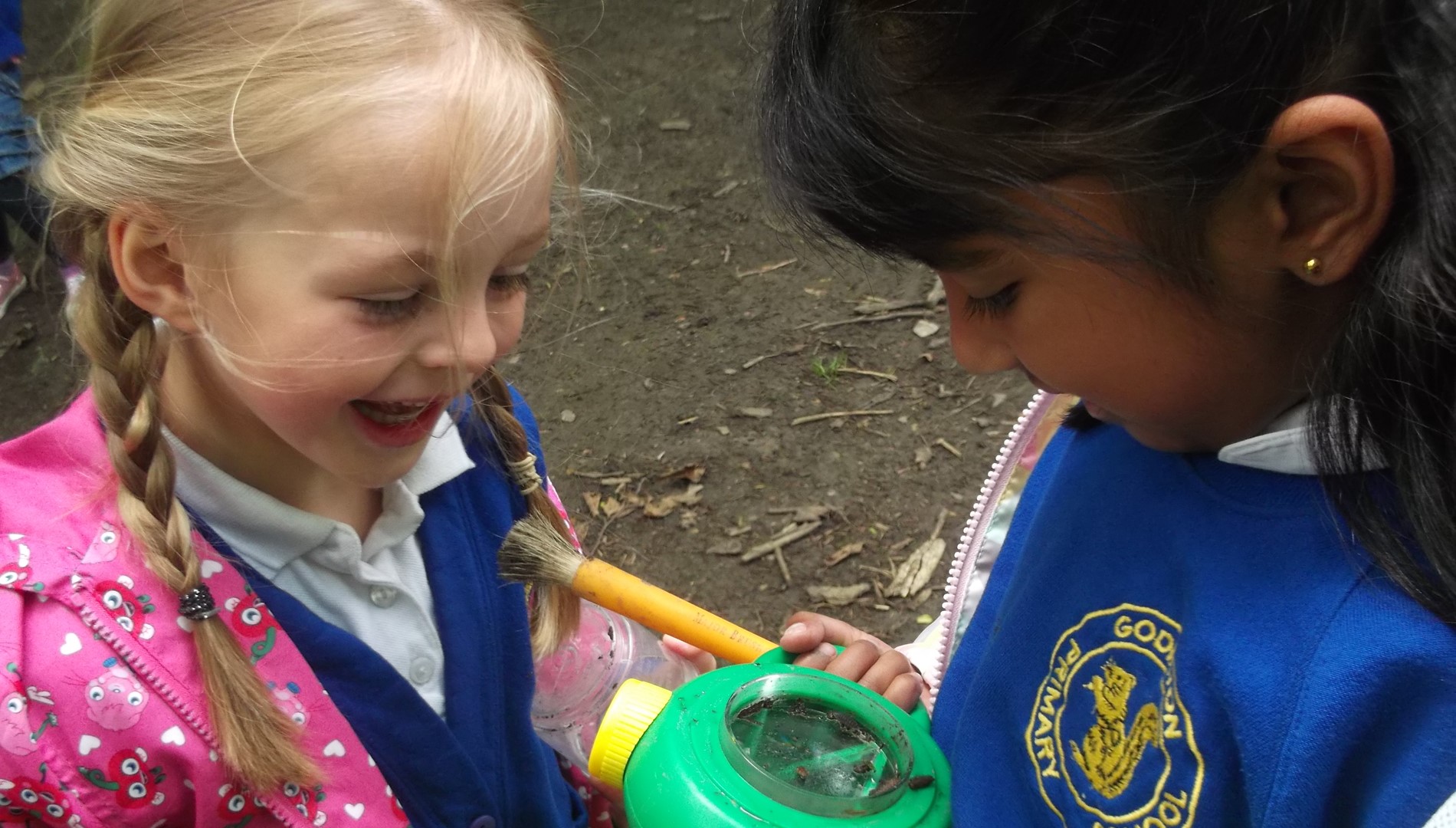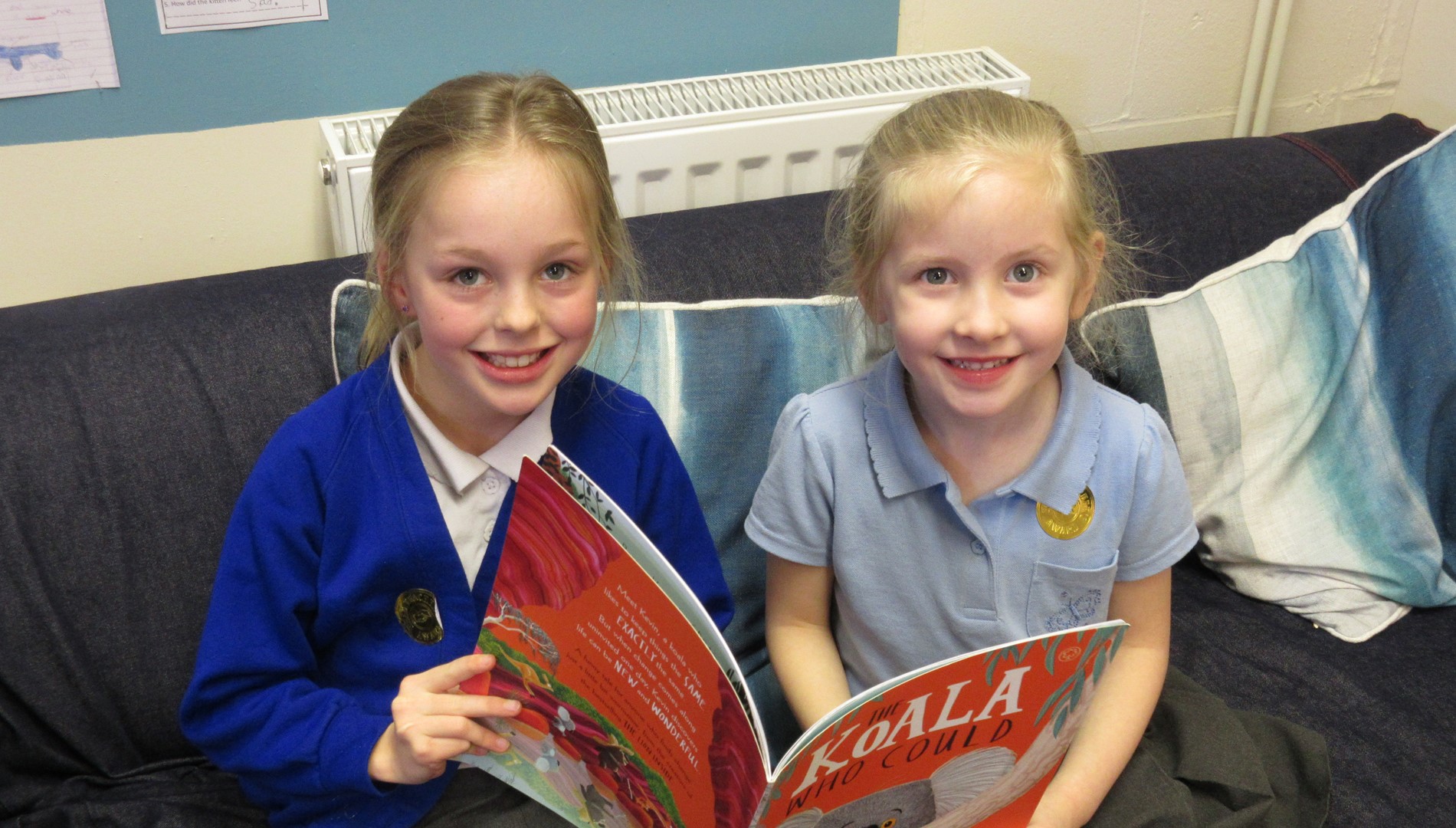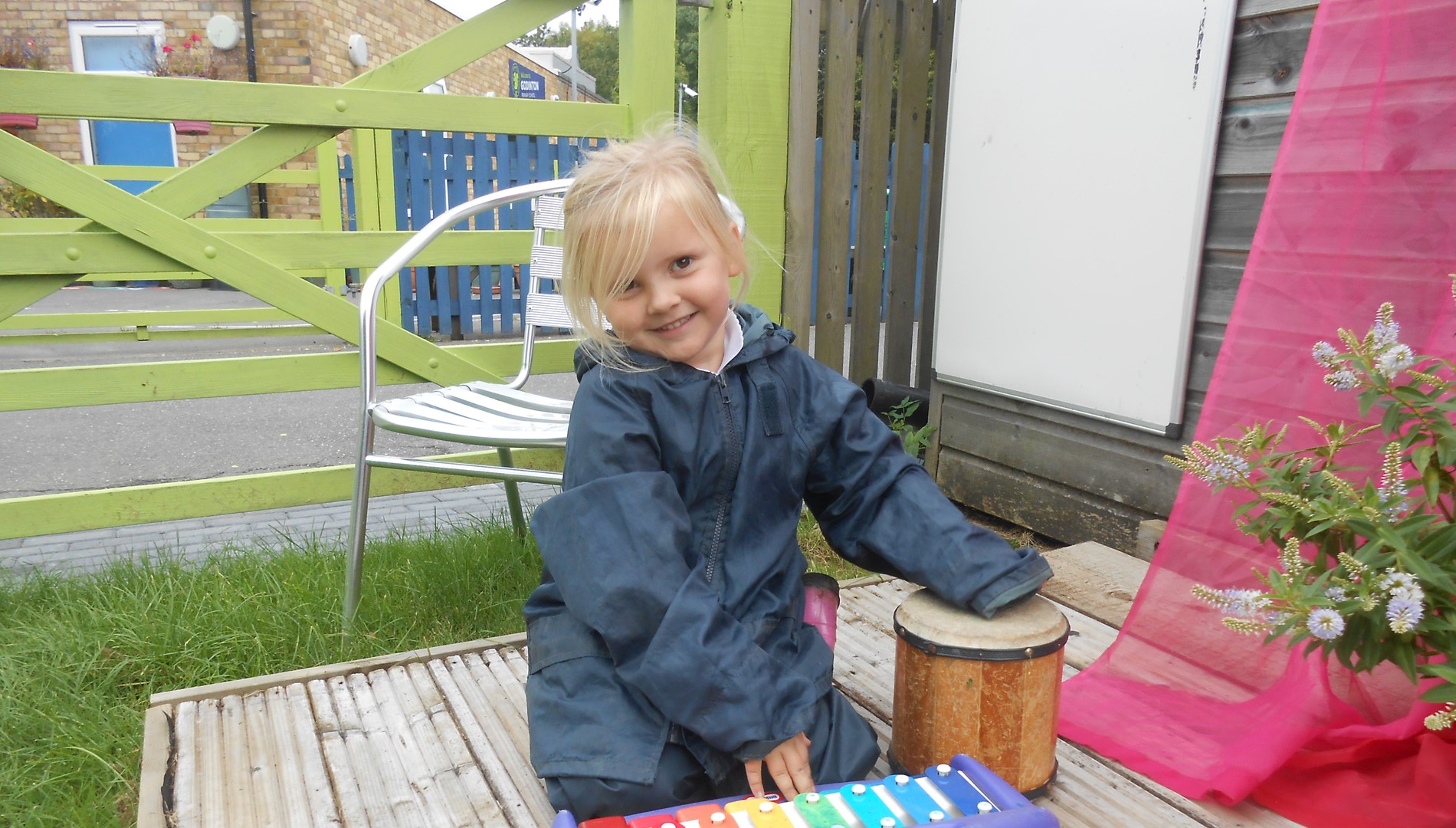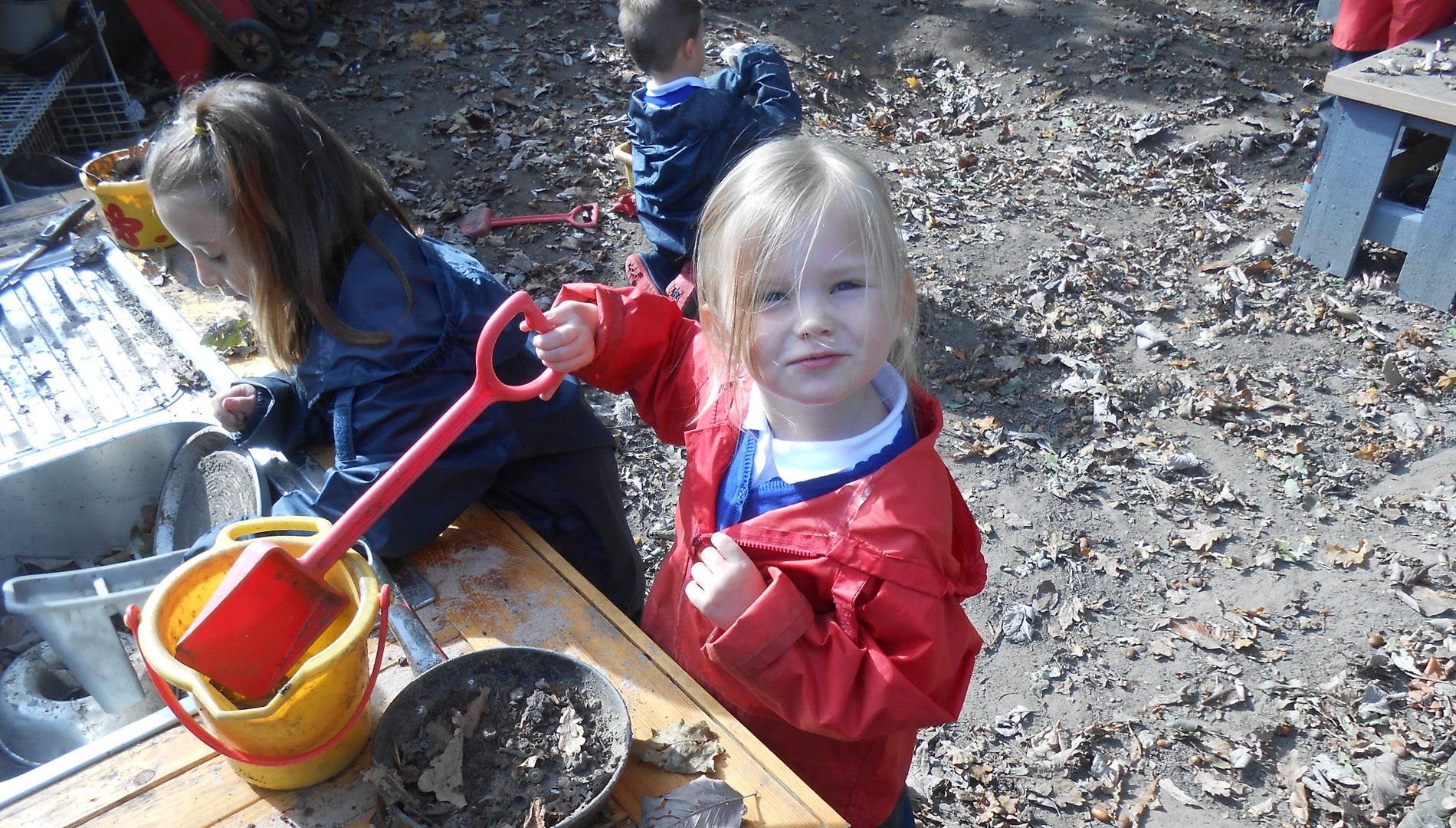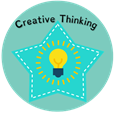Our D & T Adventure - The Design and Technology Curriculum at Godinton
Curriculum Intent
At Godinton Primary School, we believe that our Design and Technology curriculum prepares children to deal with tomorrow’s rapidly changing world and allows them to develop their creativity through designing, making and evaluating. Practical skills are combined progressively with knowledge about particular materials, tools or mechanisms to turn innovative ideas into imaginative models or products. This might be designing a pulley system to make a medieval cathedral, creating a model of a London landmark or exploring different bridge structures. Children are taught to select and use appropriate tools safely and effectively as part of their work and are actively encouraged to think about important issues such as sustainability and enterprise. Food technology also forms a core part of our DT curriculum and develops progressive skills from making simple items for a picnic to creating chocolate bars or making bread.
Within our DT curriculum, our children become independent, creative problem solvers and thinkers as individuals and within part of a team. They are able to reflect on and evaluate present and past design and technology, its uses and its impacts in our world. Through positive engagement in this subject we may see future engineers, architects and product designers gain their first spark of interest and excitement in this area.
Please click here to view our Design Technology curriculum end point document.
As part of our Guiding Stars curriculum, Art, Design Technology and Music are the leading light subjects for ‘Creative Thinking’.
Within these curriculum areas, the children learn how to manipulate sound, media and materials to respond to different stimuli in interesting and innovative ways and they capture ideas in visual or audio form. The children learn how to make prototypes to test ideas. They come up with new solutions and are not afraid to adopt a trial and error approach, thinking outside the box and evaluating success and looking for ways to improve. The children enjoy collaborating in order to make the best of everybody’s ideas and discover how famous artists, architects and musicians paved the way with new ideas and discoveries.
Click on the Creative Thinking icon below to find out more about how the children’s understanding of creative thinking progresses throughout these curriculum areas.
Curriculum Implementation
Across the school, each year group is allocated three areas of Design and Technology to explore. Each unit of work is taught over a series of lessons usually lasting 6-8 weeks however, we recognise the practical nature of this subject and therefore allow for flexibility in when these lessons are taught. After initial lessons, classes may group DT lessons together for a period of 3-4 hours to allow for quality practical time to make their product.
Our Design and Technology curriculum in KS1 focuses on Cooking & Nutrition, Mechanisms and Levers and Building Structures. In KS2 our curriculum focuses on Cooking & Nutrition, Understanding and Using Electrical Systems, Mechanisms for strengthening and stiffening linked to structures and mechanical systems. During our curriculum design, we have ensured that the knowledge and skill level required to be successful in a particular topic builds upon the previous year’s curriculum. We recognise that to be successful in Design and Technology, children need to develop specific skills and therefore our DT skills have also been carefully chosen that there is clear progression from year to year.
During Design and Technology lessons children will have the opportunity to evaluate real-life products, develop and practise new techniques, design their own products to meet a ‘specification’, and then evaluate their work and the work of others. During a child’s Design and Technology journey, where relevant, children will have opportunities to learn about the work of famous designers and their influence on products today. In Design and Technology lessons, children will develop confidence in handling and using the tools required to make their products and will become confident in selecting the correct tool to complete the task in hand.
EYFS
The EYFS framework is structured very differently to the National Curriculum and it is organised across seven areas of learning rather than subject areas. Design and Technology appears under the specific area of Expressive Arts and Design and the prime area of Physical Development.
In our Reception classrooms, Design and Technology is taught through a cross-curricular approach by linking each area of learning to a termly topic or focus book. Our children are taught key skills and techniques such as joining, selecting and manipulating materials, and food preparation through engaging, interactive lessons that relate, not only to our termly topics and focus books, but also to the children’s own interests and experiences. Children are given opportunities to develop their design and construction skills, imagination and use of tools and equipment through exciting play-based activities and ‘enhancements’ during child-initiated sessions. They are encouraged to work collaboratively to create shared models as well as individual pieces. Our children are provided with a wide range of materials and equipment to explore on a daily basis, most of which are readily available for the children to choose and use independently in our ‘creation station’ and construction zone. Children are encouraged to construct on both small and large scales and our outdoor space is designed to support this, in addition to our internal classrooms. Children are able to develop their communication and language skills through talking about their creations and sharing these with others, to build confidence and raise self-esteem.
It is our aim that when children at Godinton Primary School finish their first year at school and move into Year 1, they will be able to:
- Use a range of small tools, including scissors, paintbrushes and cutlery.
- Safely use and explore a variety of materials, tools and techniques, experimenting with colour, design, texture, form and
- Share their creations, explaining the process they have used.
Curriculum Impact
The impact of our Design &Technology curriculum design will lead to secure progress over time across Key Stages 1 and 2 which will be relative to a child’s individual starting point. Children will be expected to leave Godinton reaching at least age-related expected skills. We want to the ensure that children who are achieving well, as well as those who need additional support, are identified and additional provision and strategies are planned into lessons to support their needs.
